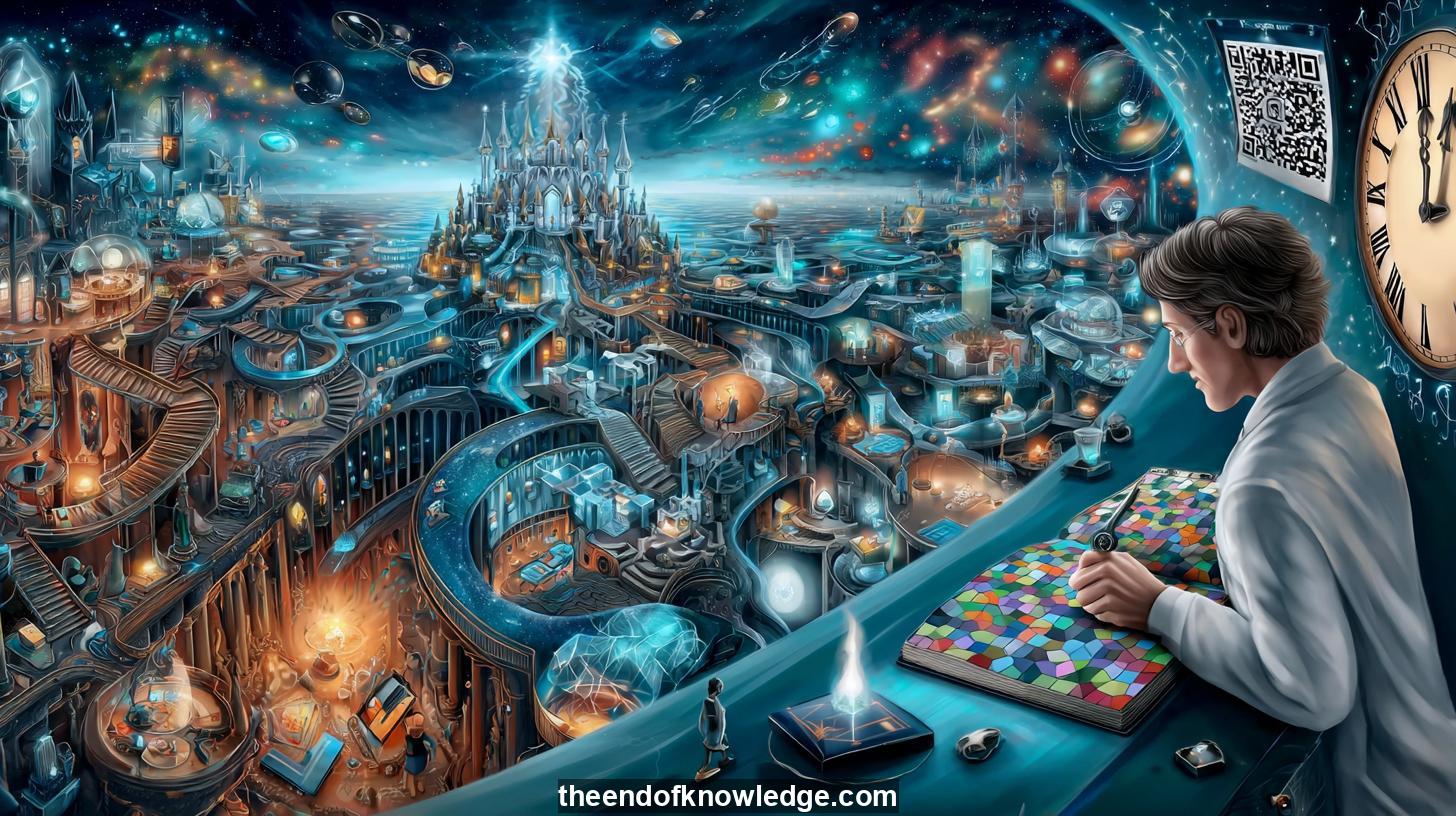 >
>
Concept Graph, Resume & KeyIdeas using Moonshot Kimi K2 :
Resume:
The program, hosted by Plácido Domènech, opens with a lively greeting and an overview of the week's packed schedule: debates with Samuel Lemus, Pablo Ruiz, and possibly Annie, plus upcoming guests like David Vivancos. Domènech frames the main event as a ninety-minute exploration of “quantum consciousness” featuring Roger Penrose, Federico Faggin, and Bernardo Kastrup. He insists the discussion is among the clearest available, while acknowledging disagreement and uncertainty. After a spirited introduction, the host segues into a free-form monologue about the community, vacation lulls, and the challenge of keeping momentum on multiple platforms.30 Key Ideas:
1.- Penrose claims consciousness requires non-computable physics beyond current quantum theory.
2.- Faggin posits consciousness and free will as irreducible postulates explaining quantum oddities.
3.- Kastrup reframes wave-function collapse as epistemic update within conscious fields.
4.- Microtubule quantum effects are confirmed yet remain causally ambiguous for consciousness.
5.- General anesthetics may disrupt microtubular quantum coherence, hinting at consciousness links.
6.- Gödel’s incompleteness theorem motivates Penrose’s stance against computational mind theories.
7.- Objective reduction hypothesis ties gravitational thresholds to wave-function collapse timing.
8.- Quantum information no-cloning theorem aligns with private, non-shareable nature of qualia.
9.- Classical bits emerge from quantum decisions, enabling communication and memory storage.
10.- Many-worlds interpretation is rejected by Penrose as philosophically untenable.
11.- Einstein-Podolsky-Rosen correlations illustrate non-local quantum reality versus classical ascertainment.
12.- Synesthesia and color qualia debates highlight the hard problem of subjective experience.
13.- Chinese room argument underscores the gap between syntactic processing and semantic understanding.
14.- Mathematical Platonism asserts that abstract truths exist independently of physical instantiation.
15.- Participatory universe metaphors evoke Wheeler’s idea of observers co-creating reality.
16.- AI risks lie in human over-attribution of intelligence, not in emergent machine consciousness.
17.- Deterministic neural predictions do not negate experiential free will, redefining agency.
18.- Quantum biology suggests coherent phenomena extend beyond brains, complicating consciousness locus.
19.- Collective quantum effects, analogous to superconductivity, may underlie unified conscious moments.
20.- Host criticizes dogmatic dismissal of quantum consciousness as esoteric or anti-scientific.
21.- Political discourse equated to tribal hooliganism, obstructing nuanced AI ethics discussions.
22.- Viewer engagement encouraged via Discord, live debates, and multi-platform dissemination.
23.- Future experiments aim to test gravitational collapse timescales within superposed mesoscopic objects.
24.- Historical Jesus referenced as symbol of persecuted truth amid societal resistance to paradigm shifts.
25.- Program duration nears three hours, reflecting depth and audience appetite for frontier topics.
26.- Economic support options highlighted: BuyMeACoffee, PayPal, SuperChat sustain independent research.
27.- Community-driven content resists censorship fears, prioritizing open scientific and philosophical inquiry.
28.- Upcoming episodes promise deeper dives into affective AI, digital humans, and ethical solitude.
29.- Concluding remarks urge personal coherence and courage in authoring one’s life narrative.
30.- Final invitation to seven-thirty debate on ANI, GROG4, and human-digital intimacy ethics.
Interviews by Plácido Doménech Espí & Guests - Knowledge Vault built byDavid Vivancos 2025